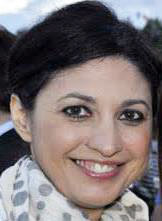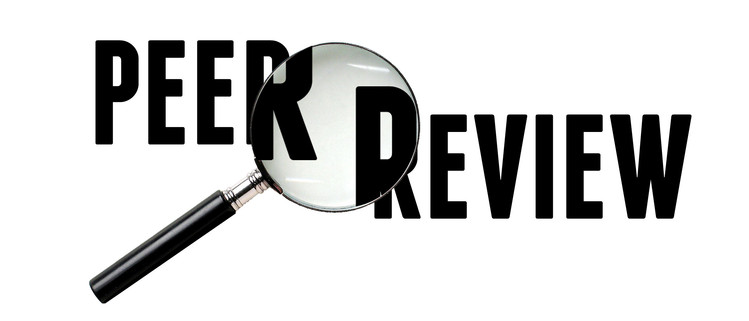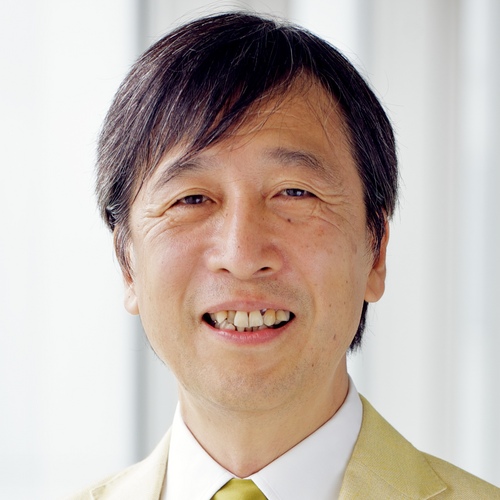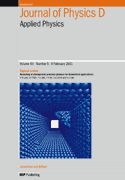A Sage journal that holds the distinction of highest number of retracted articles in the Retraction Watch Database likely made in excess of $400,000 in revenue from those papers, by our calculations.
We reported in April that the Journal of Intelligent and Fuzzy Systems (JIFS) had retracted 1,561 articles as part of a cleanup operation on likely paper mill activity. The journal, which Sage acquired in November 2023 when it bought IOS Press, had previously retracted a batch of 49 articles in October 2021. That brings its retraction total up to 1,610.
Commenters on the April article pointed out the journal charges a fee for all accepted papers; separate fees apply for open access. We followed up on that with a few questions for Sage.
Continue reading Journal collected $400,000 from papers it later retracted







